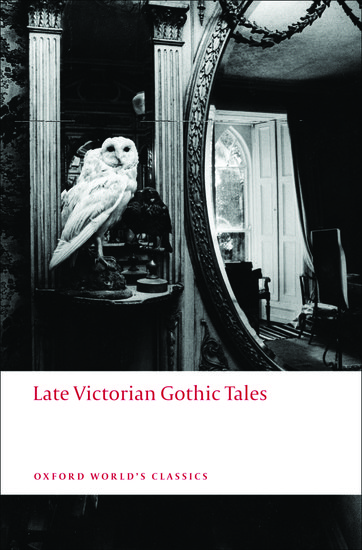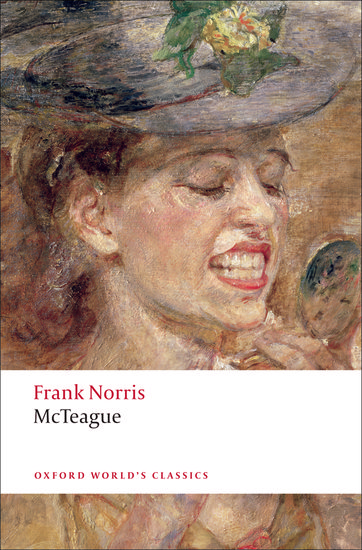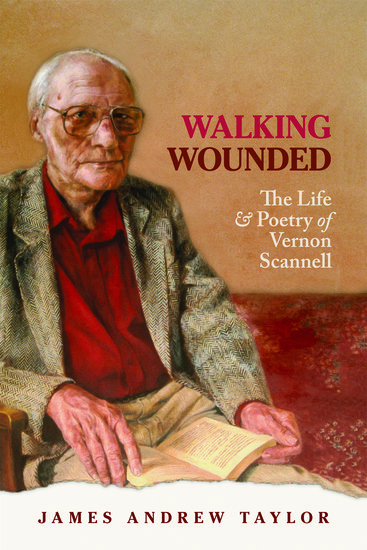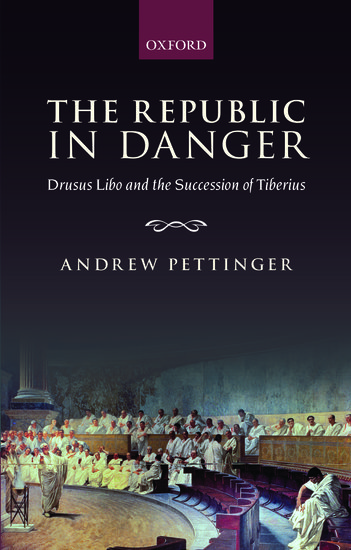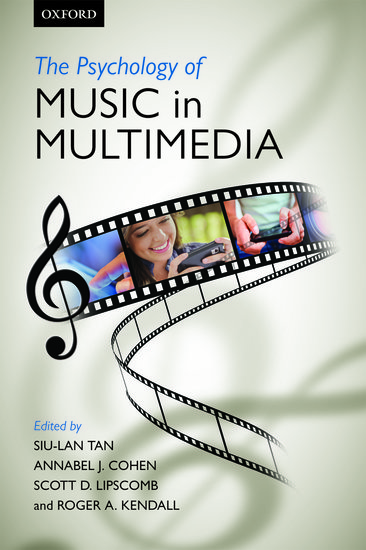“Woo woo versus doo doo”
By Kelly Besecke
The relationship between reason and spirituality has been part of our cultural conversation since the advent of modernity. In recent times, we’ve seen this conversation play out in public debates over creationism and arguments between religious leaders and representatives of a “new atheism.”

